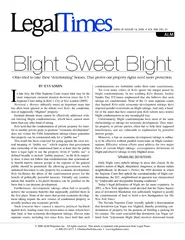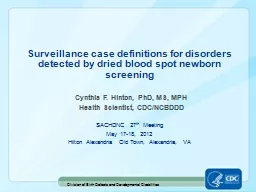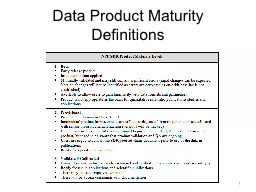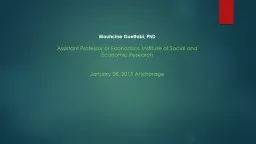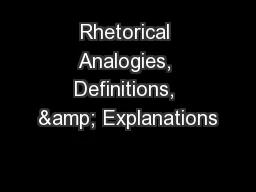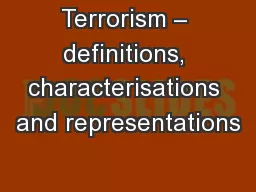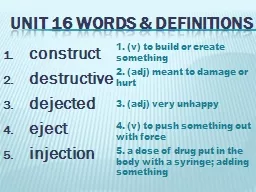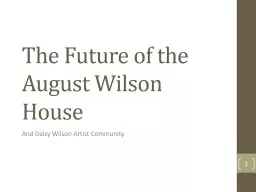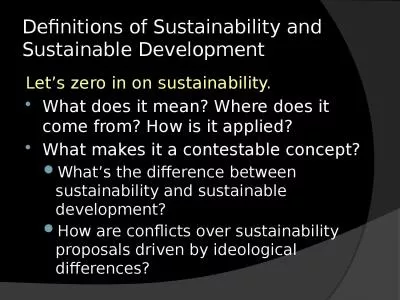PDF-BY ILYA SOMIN SPRAWLING DEFINITIONS WEEK OF AUGUST
Author : cheryl-pisano | Published Date : 2015-05-06
XXIX NO 33 Ohio tried to take these deteriorating homes That proves our property rights need more protection brPage 2br URBAN RENEWAL POSSIBLE REFORMS brPage 3br
Presentation Embed Code
Download Presentation
Download Presentation The PPT/PDF document "BY ILYA SOMIN SPRAWLING DEFINITIONS WEEK..." is the property of its rightful owner. Permission is granted to download and print the materials on this website for personal, non-commercial use only, and to display it on your personal computer provided you do not modify the materials and that you retain all copyright notices contained in the materials. By downloading content from our website, you accept the terms of this agreement.
BY ILYA SOMIN SPRAWLING DEFINITIONS WEEK OF AUGUST: Transcript
Download Rules Of Document
"BY ILYA SOMIN SPRAWLING DEFINITIONS WEEK OF AUGUST"The content belongs to its owner. You may download and print it for personal use, without modification, and keep all copyright notices. By downloading, you agree to these terms.
Related Documents

